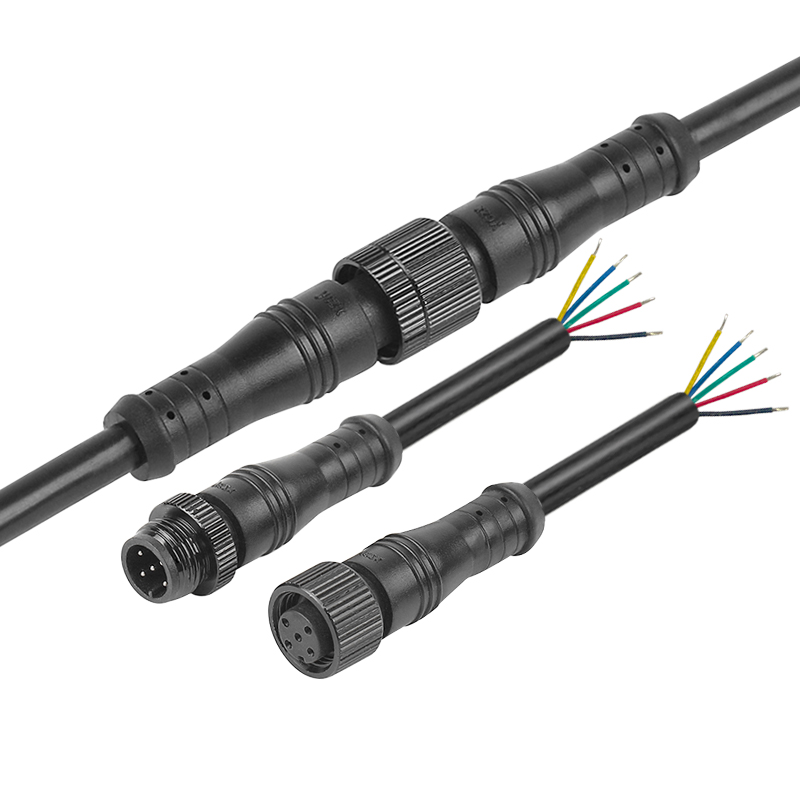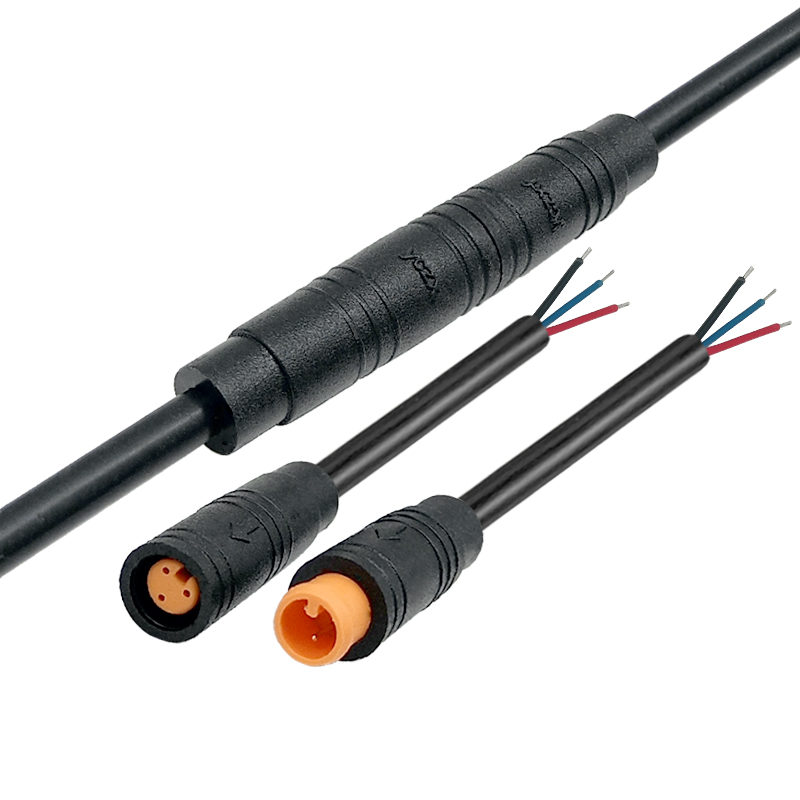Waterproof connectors are essential for ensuring reliable electrical connections in harsh environments, from outdoor smart gazebos to marine and industrial applications. Selecting the right one involves considering factors like IP rating, material, voltage/current capacity, and environmental conditions. This guide will help you make the best choice for your project.

1. Check the IP Rating (Ingress Protection)
For waterproof connectors, look for:
IP67-Suitable for brief submersion(up to 1m for 30 minutes).
IP68 – Suitable for prolonged submersion (depth and time vary by manufacturer).
IP69K - Capable of withstanding high-pressure water jets (common in industrial washdowns).
Tip: For outdoor applications like smart aluminum gazebos, IP67 or IP68 is ideal to handle rain and humidity.
2. Consider the Operating Environment
Different environments demand different connector properties:
Outdoor Use (Smart Gazebos, LED Lighting) – UV-resistant, corrosion-proof materials (e.g., aluminum with silicone seals).
Marine & Automotive – Saltwater-resistant coatings (e.g., stainless steel or brass).
Industrial & High-Temperature Areas – Heat-resistant plastics or metal housings.
Tip: If your connector will face extreme temperatures, check its operating temperature range (e.g., -40°C to +125°C).
3. Choose the Right Material
The connector’s housing material affects durability:
Plastic (Nylon, PVC, PBT) – Lightweight, cost-effective, good for general use.
Metal (Aluminum, Stainless Steel, Brass) – More durable, ideal for harsh conditions.
Silicone Seals – Ensure a watertight fit even under vibration or movement.
Tip: For smart outdoor structures, aluminum connectors with silicone gaskets offer the best balance of strength and weather resistance.
4. Verify Electrical Requirements
Select the connector that meets the requirements:
Voltage & Current Rating – Ensure it supports your device’s power demands.
Number of Pins – Choose between 2-pin, 3-pin, or multi-pin configurations.
Shielded vs. Unshielded – Shielded connectors reduce electromagnetic interference (EMI) in sensitive electronics.
Tip: For smart gazebos with LED lighting and sensors, a 3-4 pin shielded connector is often ideal.
5. Evaluate Connection Type & Ease of Installation
Screw-on vs. Push-in – Screw-on connectors offer better vibration resistance.
Quick-Disconnect (QD) Options – Useful for modular setups (e.g., removable lighting).
Cable Gland Compatibility – Ensures a tight seal where the cable enters the connector.
Tip: If frequent disconnections are needed (e.g., for seasonal setups), quick-disconnect waterproof connectors save time.
6. Look for Industry Certifications
Certifications ensure safety and reliability:
UL/CE Certified – Meets electrical safety standards.
RoHS Compliant – Free from hazardous materials.
MIL-SPEC (Military Grade) – For extreme durability (used in aerospace/defense).
Tip: For commercial projects, always choose certified connectors to avoid compliance issues.
Conclusion: Key Takeaways for Selection
IP67/IP68 is best for outdoor use.
Match materials to your environment (plastic for mild conditions, metal for harsh ones).
Check voltage, current, and pin count to ensure compatibility.
Prioritize ease of installation (screw-on vs. quick-disconnect).
Choose certified connectors for reliability.
By following these guidelines, you can select the perfect waterproof connector for smart gazebos, marine applications, industrial setups, and more.
Need expert advice? Contact us for waterproof connectors tailored to your project!



